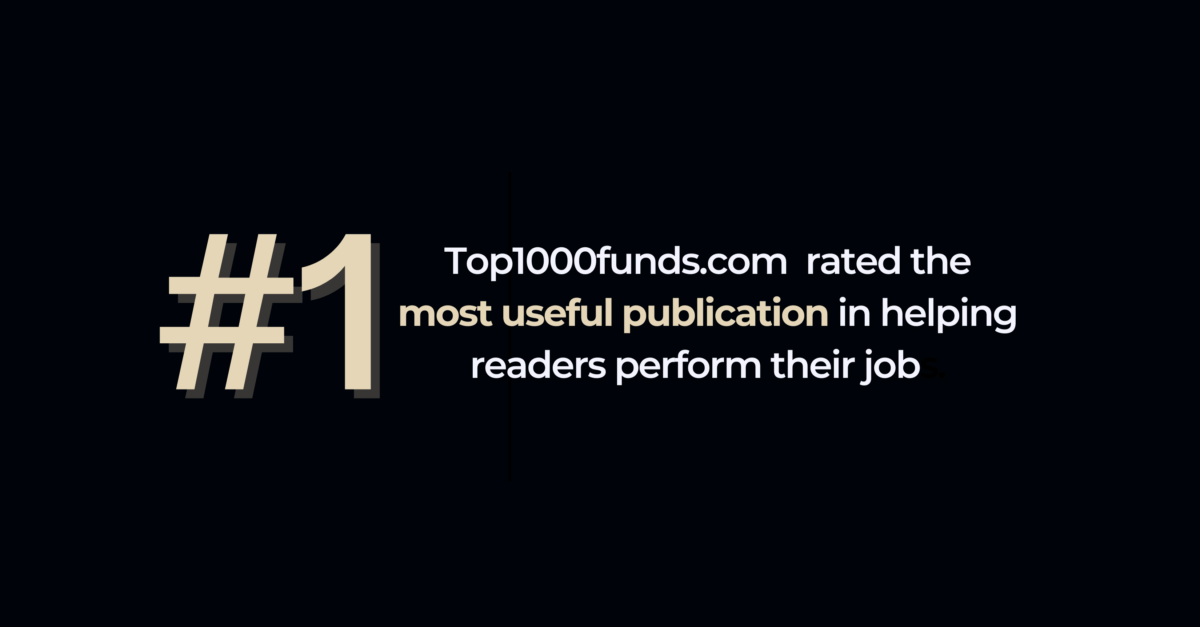As institutional investors have been hit hard by events of the past 18 months, there has been a surge of interest in the adoption of an additional, mid-term, time frame in which to provide investment
targets. Watson Wyatt believes pension funds should allocate between 5 and 15 per cent of their risk budget to dynamic asset allocation.
“Dynamic Strategic Asset Allocation” (DSAA) sits between the fund’s traditional strategic asset allocation, which Watson Wyatt defines as at least 10 years, and the tactical asset allocation decisions of a few months.
Watson Wyatt believes that a pension fund should allocate between 5 to15 per cent of its risk budget to DSAA, for a
three-or-more-year timeframe, and expect an increase in returns of 1 to 1.5 per cent per year above the strategic allocation.
DSAA has traditionally involved tilting a fund’s asset allocation towards or away from certain asset classes. But Watson Wyatt believes other forms of implementation should be considered. Examples of such decisions taken for DSAA include: exposure to a specific sector, such as investment grade credit; new niche risk premia, such as catastrophe bonds; to benefit from macro themes, such as emerging market growth; to provide downside
protection in a market bubble; to exploit pricing anomalies; and, to invest in new asset classes, such as carbon credits.
In a research note to clients, however, the consulting firm warns that for a fund to make DSAA decisions, which are usually taken at the board level and not outsourced to managers (unlike tactical asset allocation), requires strong governance.
There needs to be a sufficient range of opportunities, a broad range of inputs and analysis, a sound and consistent
basis for the decisions and a tolerance for short-to-medium-term underperformance.


